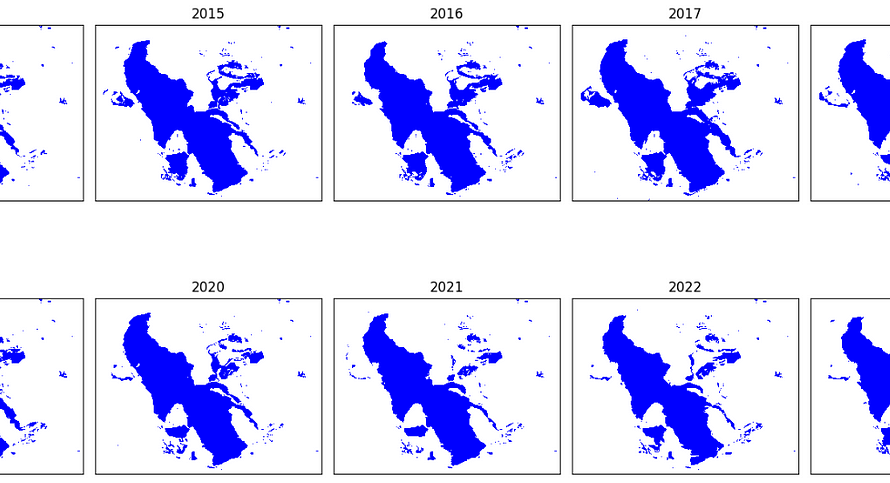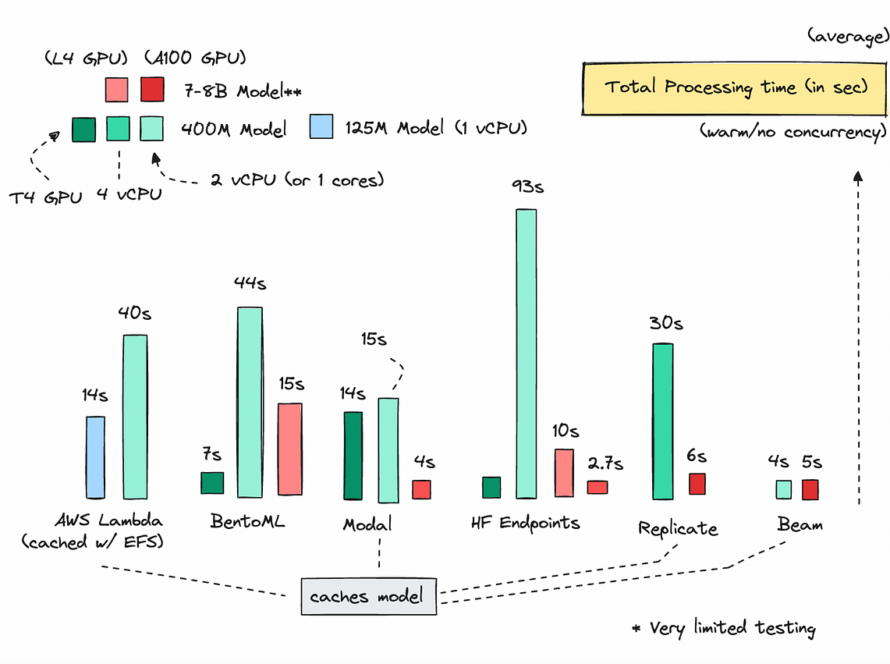Once in a while, for more efficient allocation of resources, the Government may collect data from individuals or households about their demographic characteristics, such as age, gender, and country of birth, as well as their socio-economic characteristics, such as income, occupation and spend. Some of these data are then aggregated by geographic regions and made available to the public.
In Australia where I live, the Government through the Australian Bureau of Statistics (ABS) calibrates an index called the Index of Economic Resources (IER), which scores the relative socio-economic status of a geographic region using a range of variables sourced from the 5-yearly Census data collection.
IER can be aggregated by various digital boundaries which divide Australia into geographic regions of different sizes. For instance, the State boundary (dashed line in Image 1) divides Australia into 8 States and Territories, whereas the Statistical Area 1 (SA1) boundary (in Image 2) divides Australia into much more granular regions, at times a cluster of just a number of streets.
Upon checking the IER in different regions on an interactive map provided by the ABS, as shown in the images below, I found that IER is quite different by regions even at a street level, and I ponder what may be the drivers for this.



